For the Olympics, the Cirulli Foundation brings an exhibition on Italy's fast 1900s to France
The Cirulli Foundation of Bologna lands in France. In collaboration with the Troyes Museum of Modern Art, in fact, it is organizing the exhibition Fast Italy. Arts et design au XXe siècle set up in the French museum from June 22 to October 2024 on the occasion of the Summer Olympics in Paris. The exhibition, entirely made up of works from the Cirulli Foundation Collection in dialogue with the Pierre and Denise Lévy Collection of the Troyes Museum of Modern Art, is presented as a journey through the first sixty years of the 20th century. The exhibition, curated by Jeffrey T. Schnapp and Juliette Faivre-Preda, unfolds through six exhibition sections with a total of 135 works on display. The Cirulli Foundation Collection, started by its founders in the 1980s in New York with the Massimo and Sonia Cirulli Archive, collects within it paintings and sculptures by the great masters, but also advertising graphics, design and architectural drawings, photography, and design objects, with the aim of narrating and enhancing the Italian art of the twentieth century, from the beginning of the century to the economic boom. The collection of Pierre (1907-2002) and Denise (1911-1993) Lévy reveals the same passion for culture: over a period of forty years, the couple have amassed one of the best private collections of modern art, offering a unique insight into the main trends in French art, to which is added an important collection of ancient African and Oceanic art. Through a major donation, the Lévy collection became part of the exhibition routes of the Troyes Museum of Modern Art in 1982. The exhibition “Italia Veloce” places the two collections in dialogue with each other within a transnational and European framework, and marks the reopening to the public of the Troyes Museum of Modern Art after major restoration work involving the prestigious Archbishop’s Palace, home of the Museum, where a renewed exhibition itinerary introduces the public to art under the gaze of these inspired collectors.
The exhibition opens with the researches of Futurist artists who exalt the modern world, particularly the city, the machine and speed. In 1909 Filippo Tommaso Marinetti published the Founding Manifesto of Futurism, where he summarized the ideas of a total renewal of art, and more generally of society, as well as the desire for change carried out by an entire avant-garde of artists. Fondazione Cirulli holds in its collection works by prominent Futurist artists, including Umberto Boccioni, Luigi Russolo, Fortunato Depero, and Giacomo Balla, which are part of the exhibition itinerary. If Boccioni breaks down the movement of man at work in I martellatori, alla macchina! of 1910, Balla celebrates the speed of the moving car in Disgregazione x velocità. Dynamic Penetrations of the Automobile of 1913, which embodies the parameters of energy and dynamism to which new-century art must refer. Published in the volume Pittura e scultura futuriste di Umberto Boccioni (1914), it was exhibited in the United States in 1915 on the occasion of the “Panama Pacific International Exposition,” the universal exposition held in San Francisco to celebrate the completion of the Panama Canal; an event with over 11,000 works on display from Europe and the United States. At the end of the exposition, all trace of Balla’s work was lost until it was found a few years ago in the United States itself.
The praise of the moving machine is also a theme dear to Gerardo Dottori in his 1923 Train at Speed, while in Houses and Fanali, Luigi Russolo explores the modern city, with its noises and electric lights. Aeropainting is one of the main themes dealt with by artists joining Futurism in the 1930s, including Mario Sironi, Fortunato Depero, Bruno Munari and Thayaht (Ernesto Michahelles). Alfredo Gauro Ambrosi ’s Squad Atlantica flies over Chicago (1933), a work celebrating the myth of flight, refers to the historic feat of aviator Italo Balbo who crossed the Atlantic in 1930. Belonging to Filippo Tommaso, the work was exhibited at the First National Exhibition of Futurist Art in Rome in 1934.
Futurism and Metaphysics are two coeval artistic currents, but while Futurism stands as the art of dynamism, noise and a clean break with the past, Metaphysics is an art made of stillness, evoking silence and meditation and is full of references to the classical past. The major exponents of Metaphysics are found in Paris in 1910 meet the most important artists of the twentieth century. The Cirulli Foundation collection includes several works by painters linked to these movements such as Urban Landscape by Mario Sironi, Metaphysical City and Knights by Luigi (Gigiotti) Zanini, as well as Le Retour by RAM (Ruggero Alfredo Michahelles) combine modern city and classical architecture with expressive rigor.
Beyond painting and sculpture, this search for and questioning of modernity, as theorized in the Futurist Reconstruction of the Universe manifesto of 1915 that intended to break down all hierarchies of artistic disciplines, is expressed in the dissemination of art in all fields. From 1911, brothers Anton Giulio and Arturo Bragaglia, director and actor respectively, introduced the principles of futurism into photography. In the field of architecture, Antonio Sant’Elia’s drawings represent a new urban utopia that fits the lifestyle of futurist man. The post-World War II years are marked by a radical change in the field of design as a result of the use of new materials: plastic, cheap and accessible, is widely used in the creation of a whole new series of objects symbolic of the economic boom years and allows large groups of consumers access to consumption reserved for the privileged few: everyday objects designed by designers such as Marco Zanuso and Richard Sapper enter the homes of Italians. Erberto Carboni, a designer and advertiser, created the logo and advertising campaigns for RAI, Italian Radio and Television, from the 1950s, while RAM applied the technique of collage and metaphysical aesthetics to a series of advertising campaigns that witnessed the birth of tourism in Italy. Art is no longer intended only for the museum but becomes a social practice in which designers and artists work in synergy with Italian companies and lay the foundations of Made in Italy. The exhibition concludes with a cross-section on theater and cinema, which also witnessed the artistic proliferation of the 20th century, touching on its most important stages, starting in 1914, the year in which "Cabiria," the first Italian colossal that remained on the screen for six months in Paris and a year in New York, was filmed. The section continues by touching on Futurist cinema, Neorealism and Art Cinema, ending with Federico Fellini told through the set designs created by Danilo Donati that offer a fresco of the extraordinary relationship between visual arts, film art and artistic craftsmanship that are the basis of the fortunes of Italian cinema. Massimo and Sonia Cirulli Foundation aims to narrate and enhance the visual culture of Italy in the 20th century, from the birth of modernity to the years of the economic boom (1900 - 1970). With this goal Fondazione Cirulli initiates cultural projects in Italy and abroad, which include the organization of exhibitions, events and publications, and takes special care of the rich programming dedicated to a wide audience.
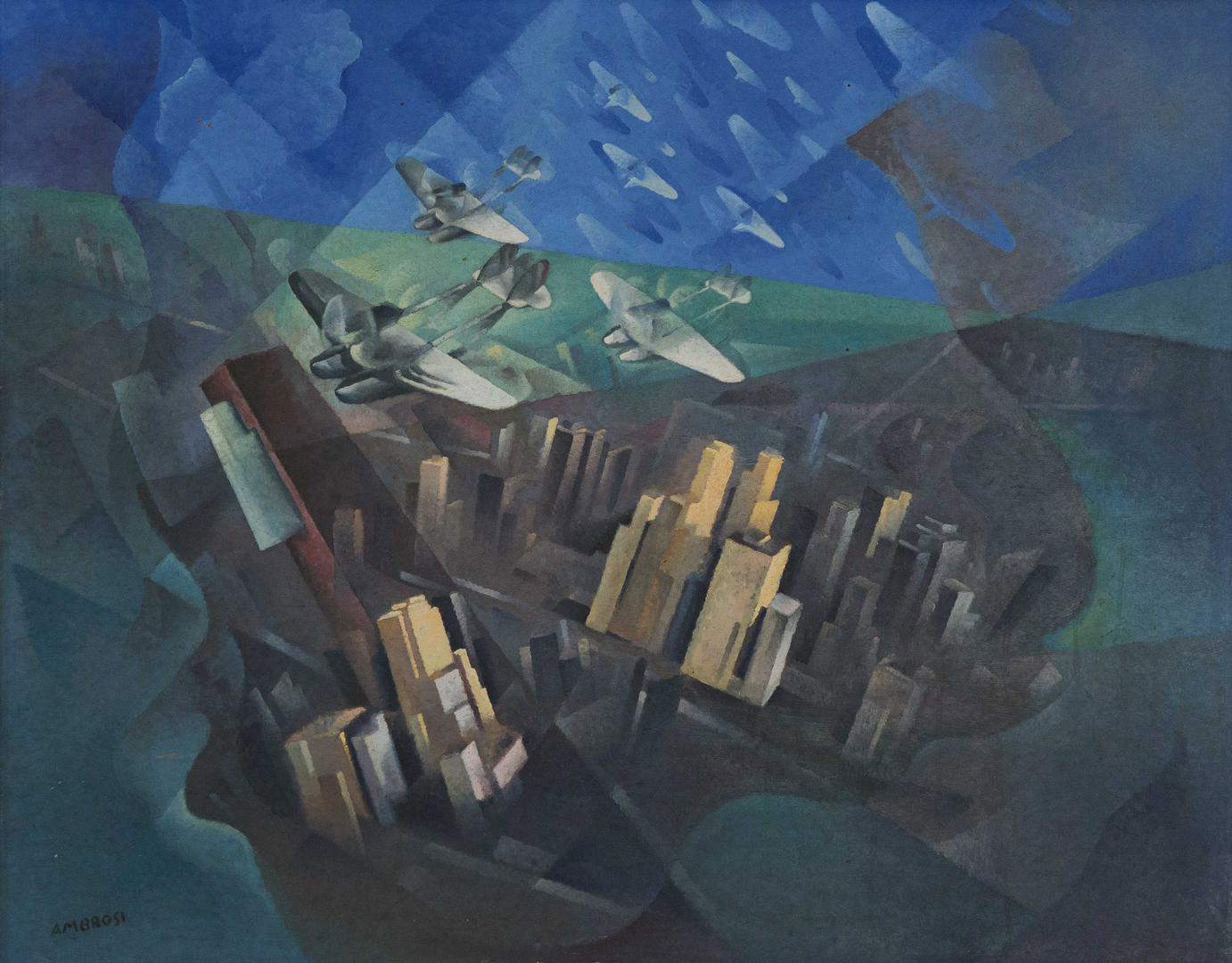
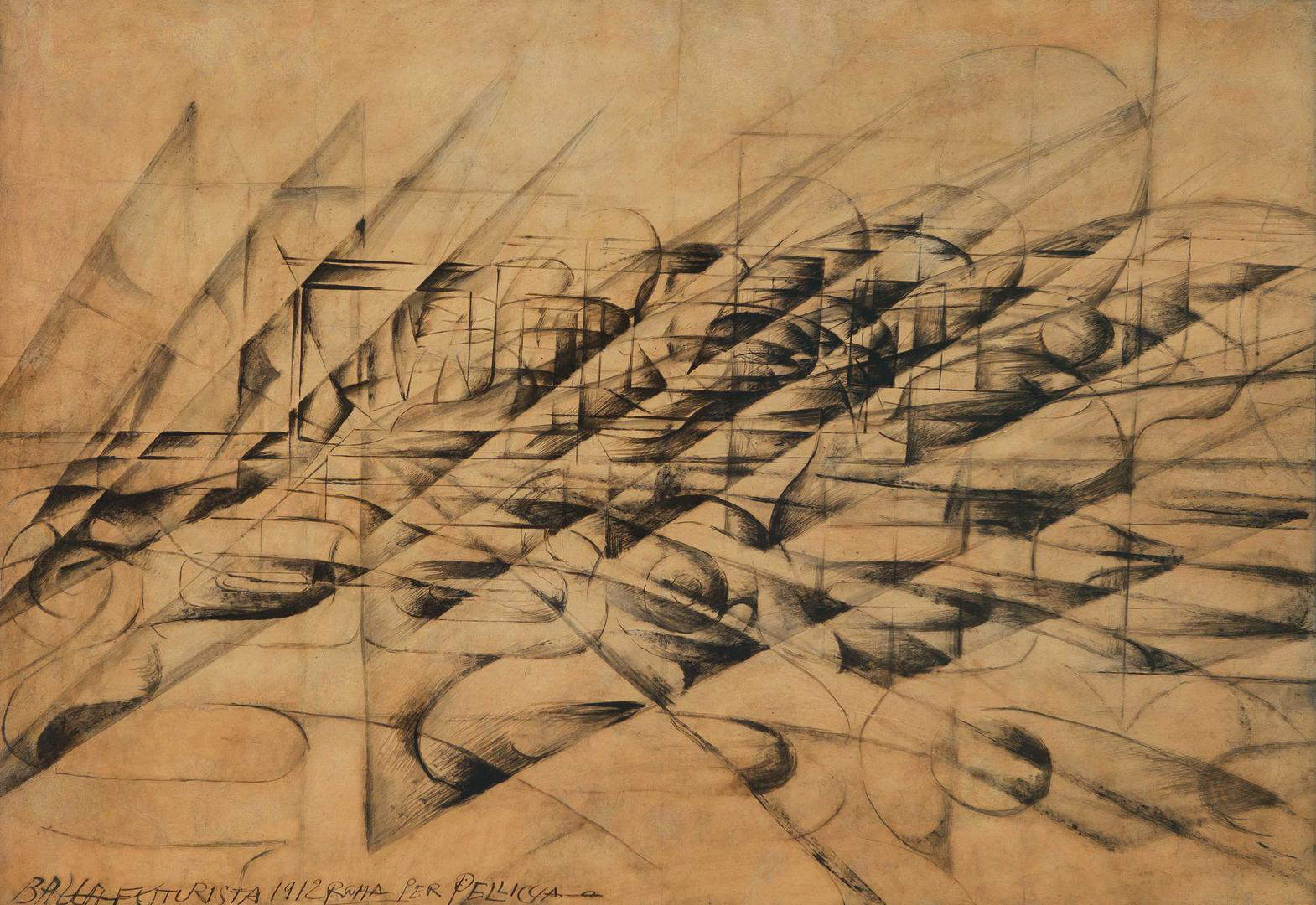
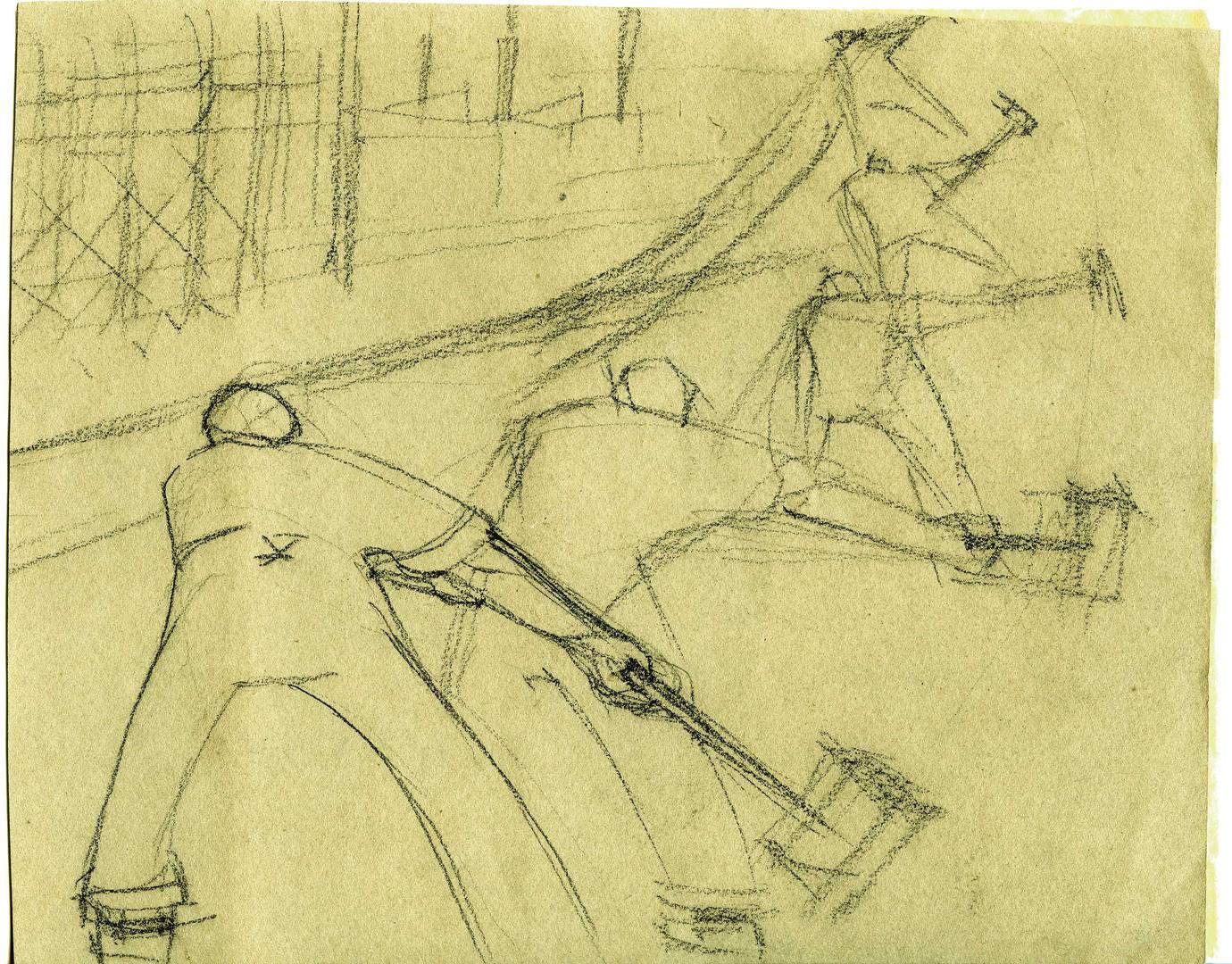
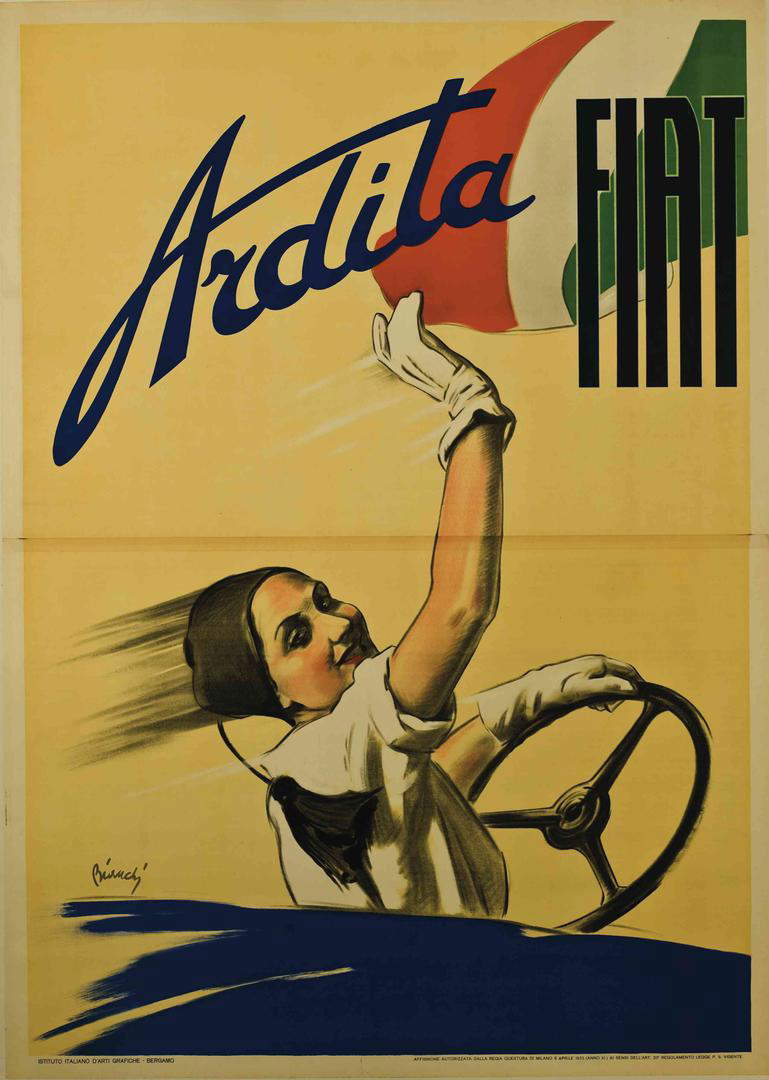
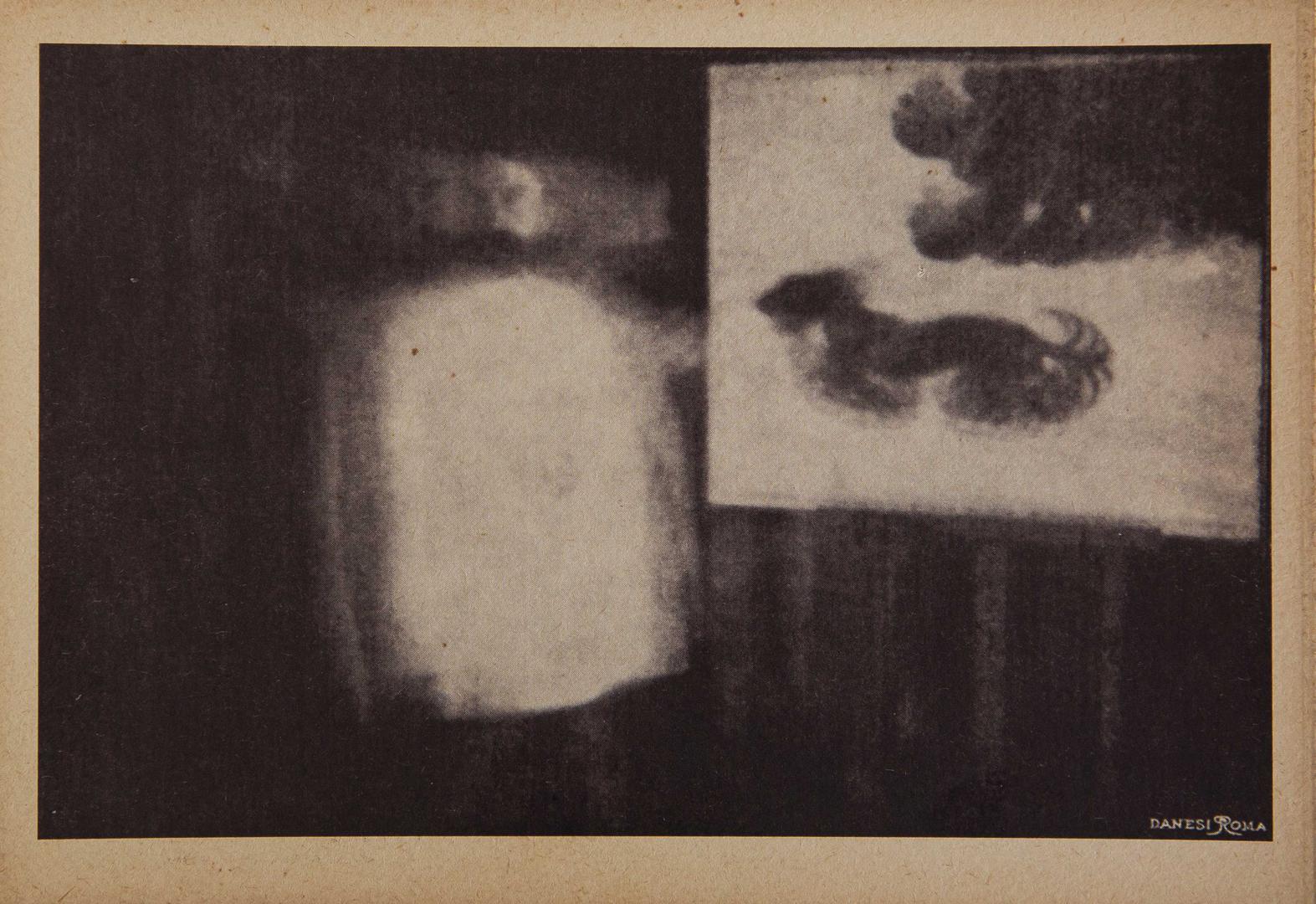
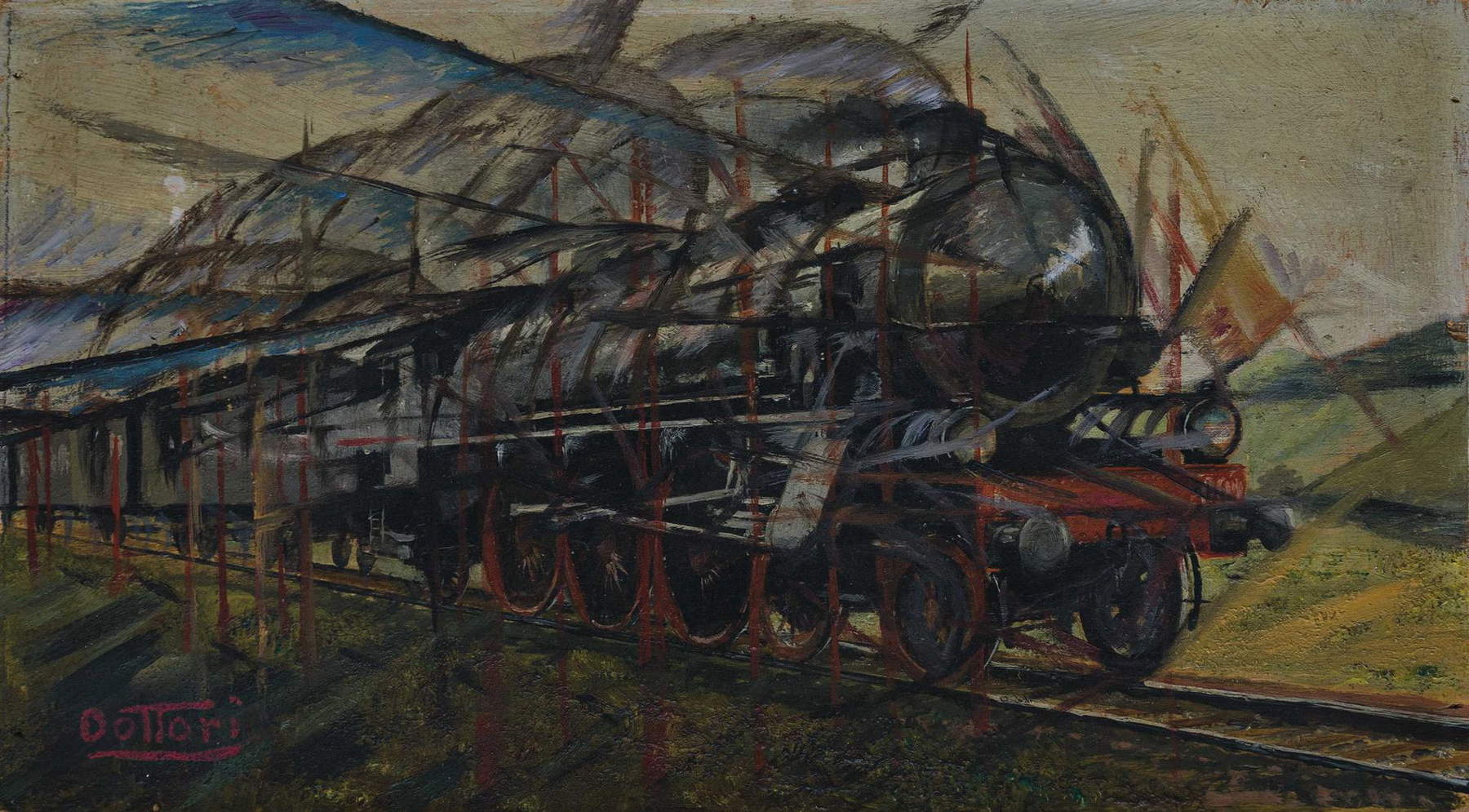
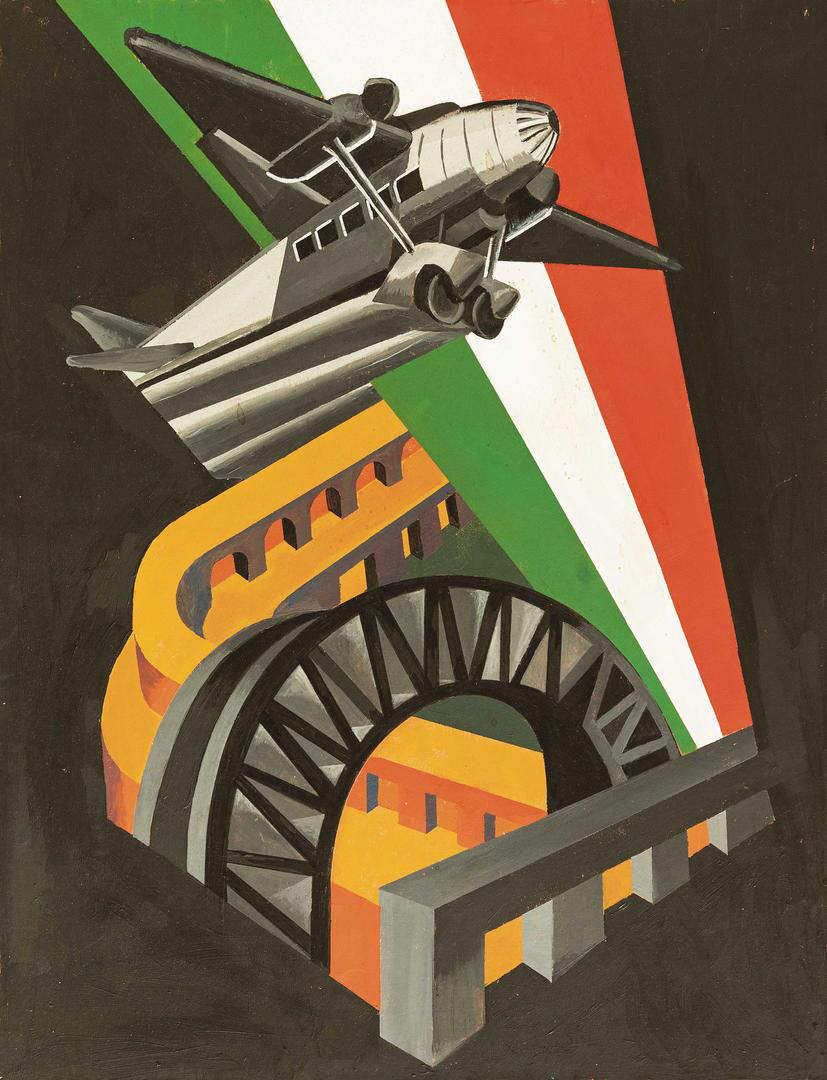
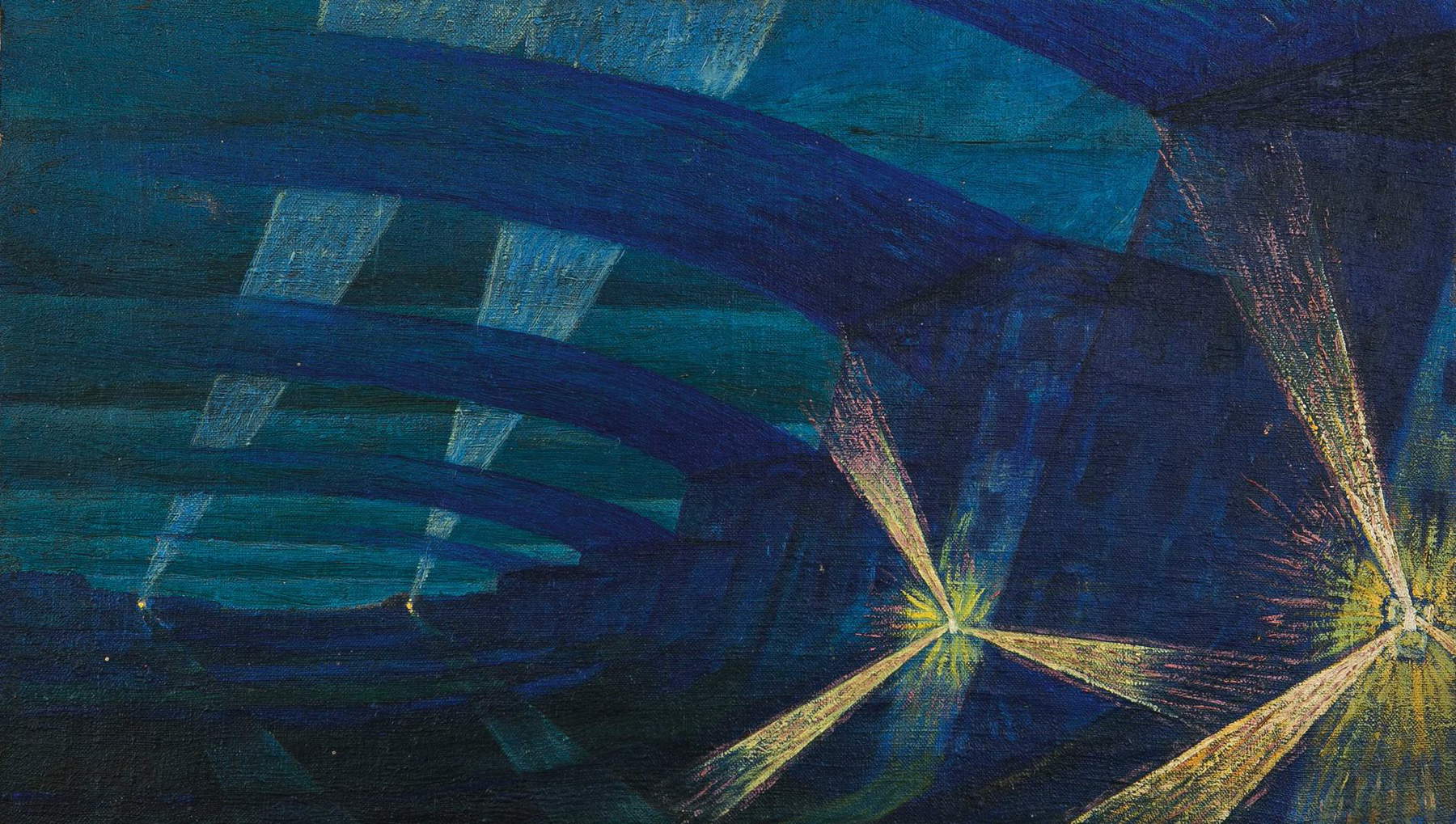
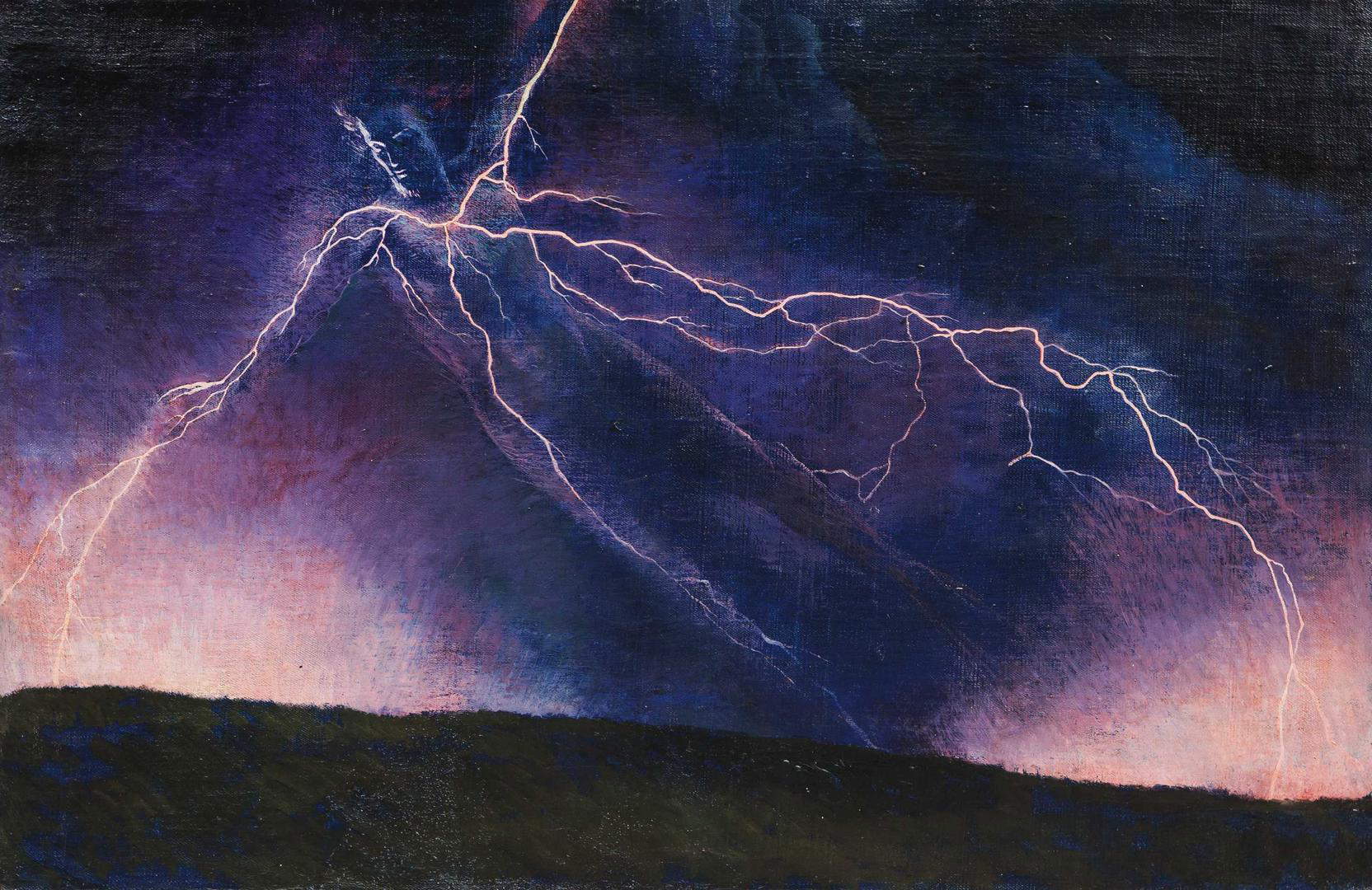
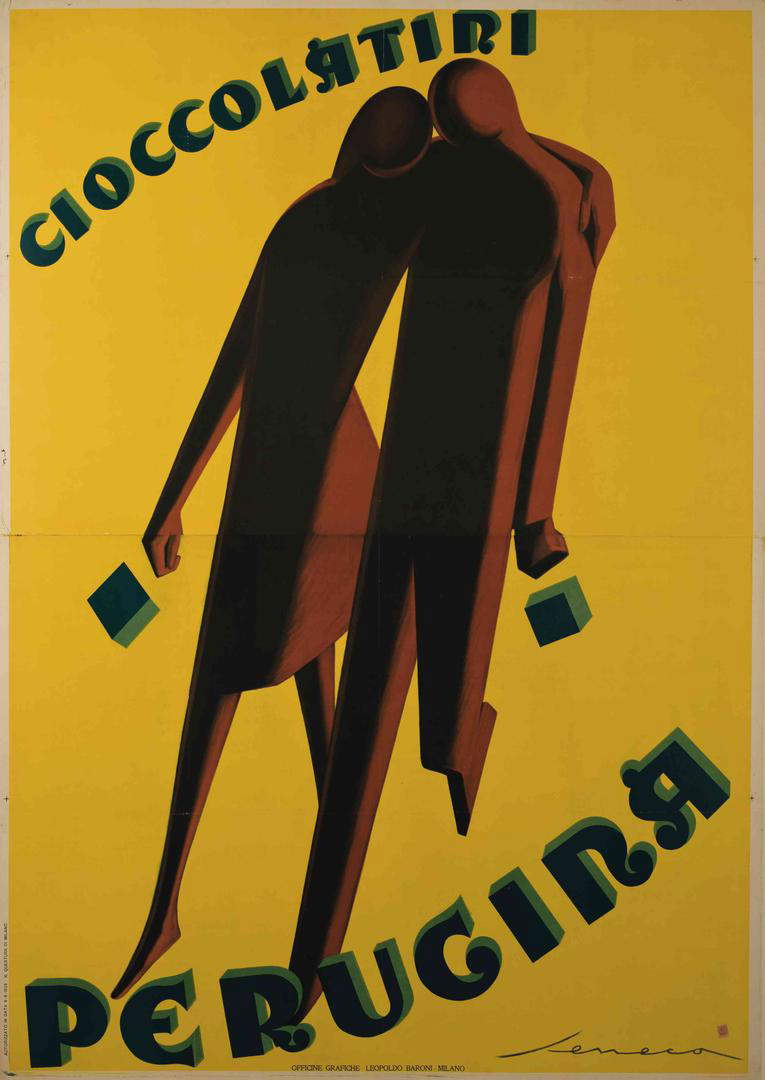

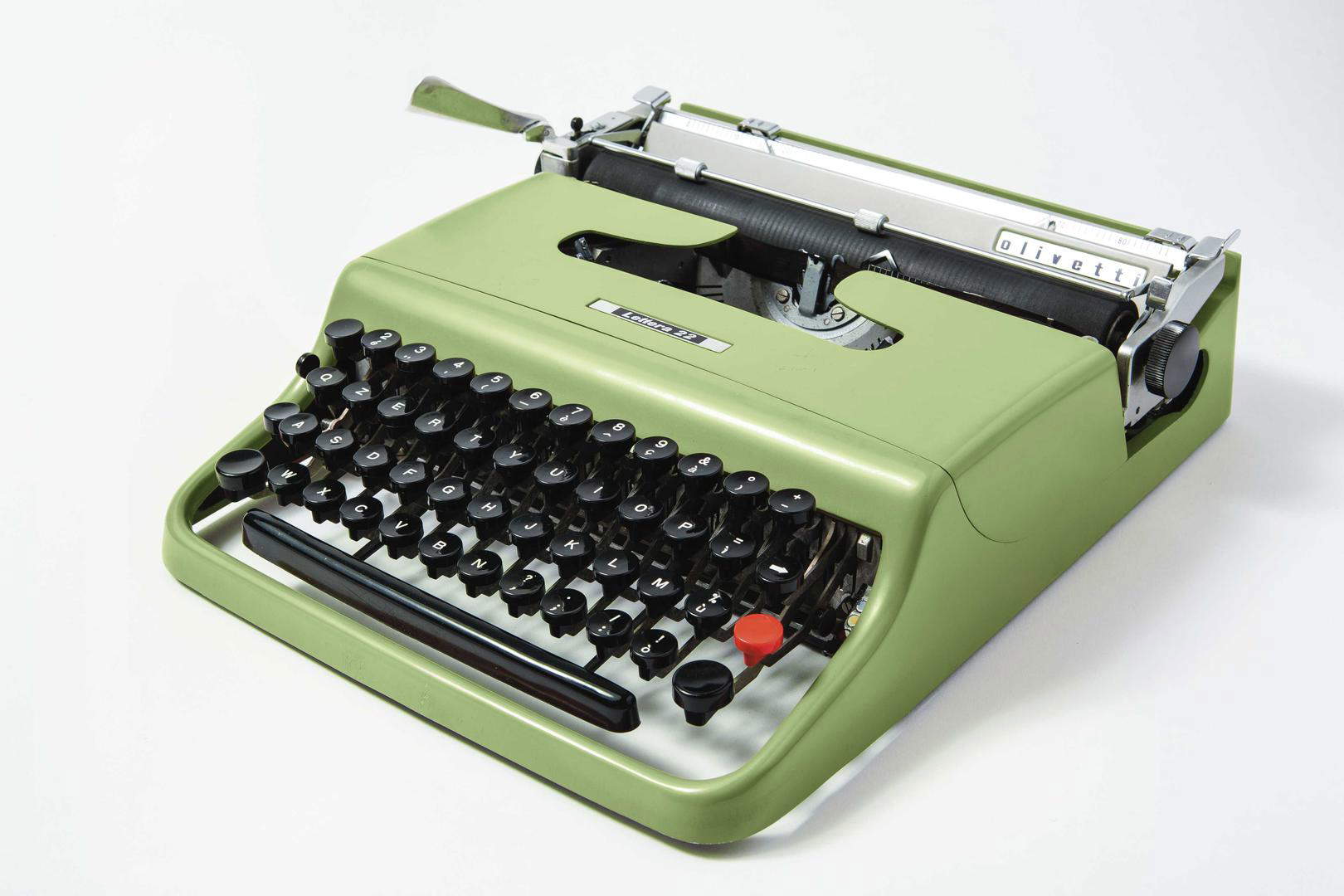
 |
| For the Olympics, the Cirulli Foundation brings an exhibition on Italy's fast 1900s to France |
Warning: the translation into English of the original Italian article was created using automatic tools. We undertake to review all articles, but we do not guarantee the total absence of inaccuracies in the translation due to the program. You can find the original by clicking on the ITA button. If you find any mistake,please contact us.



























